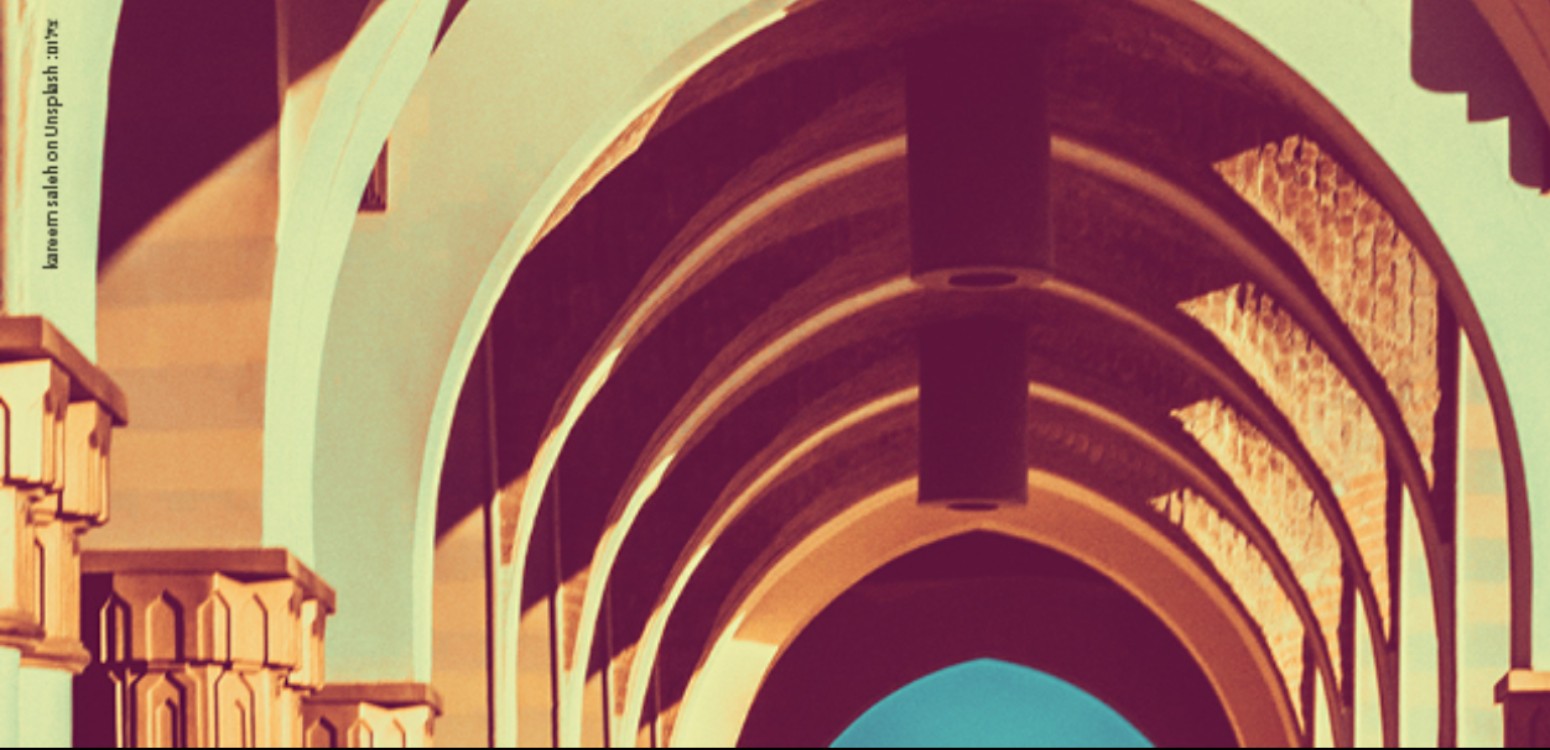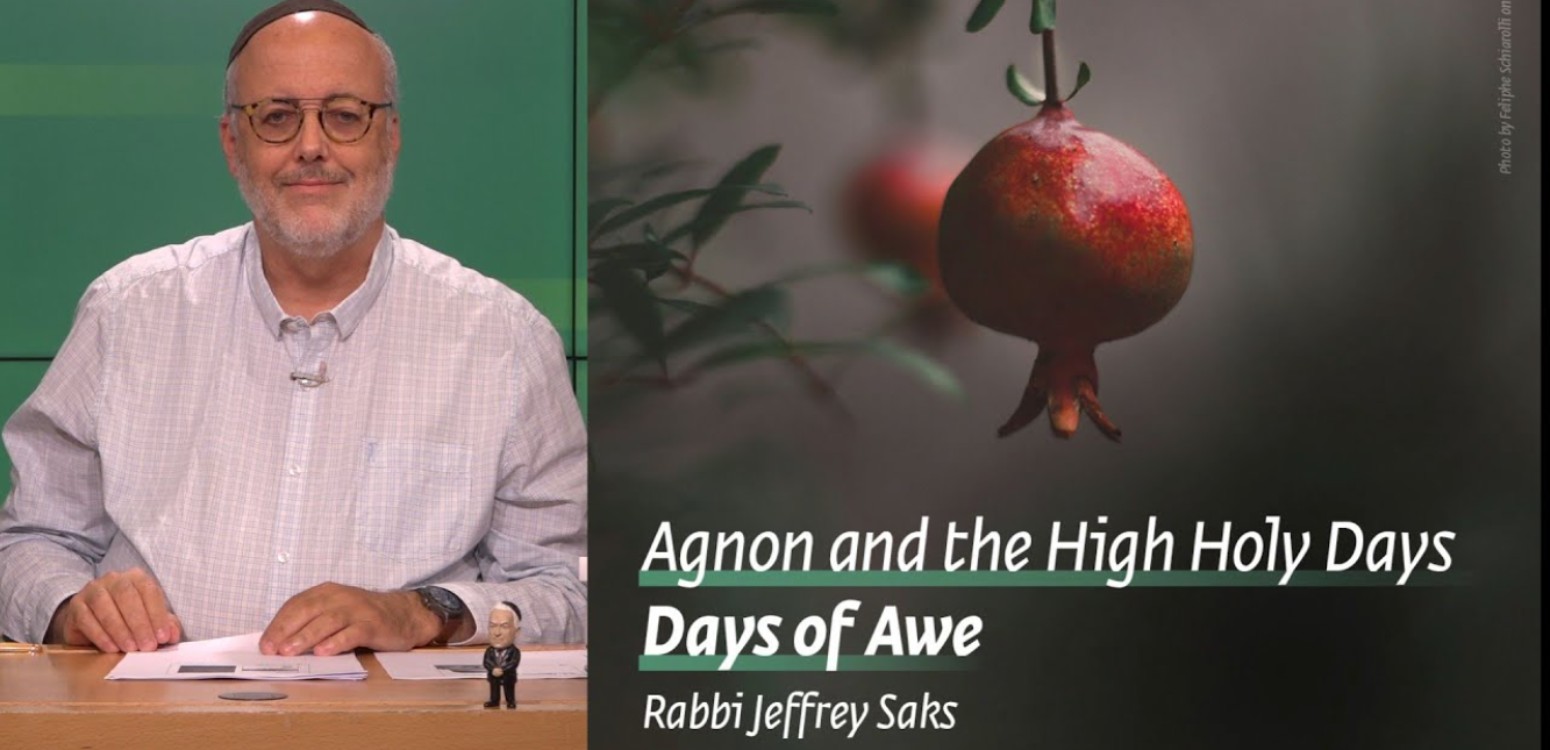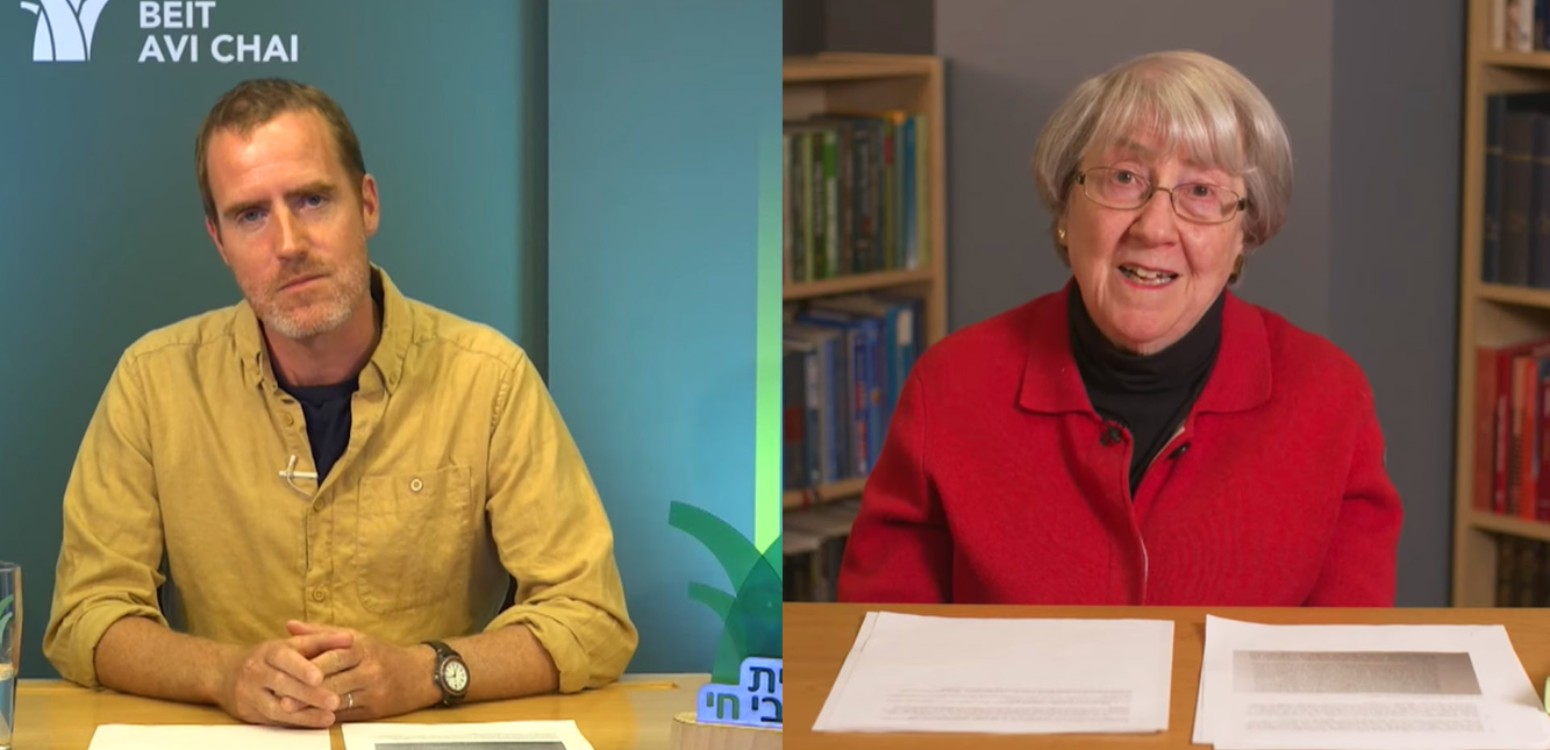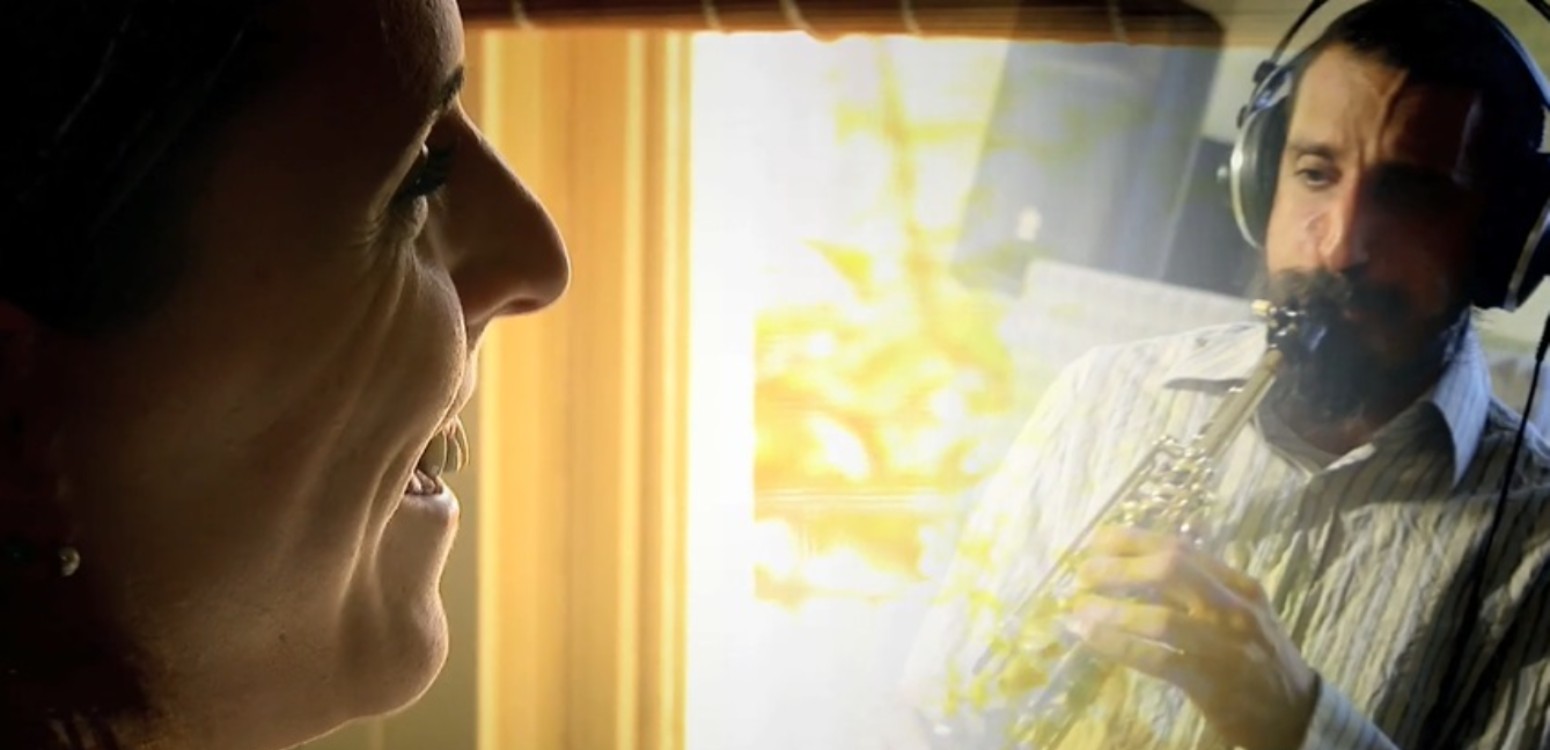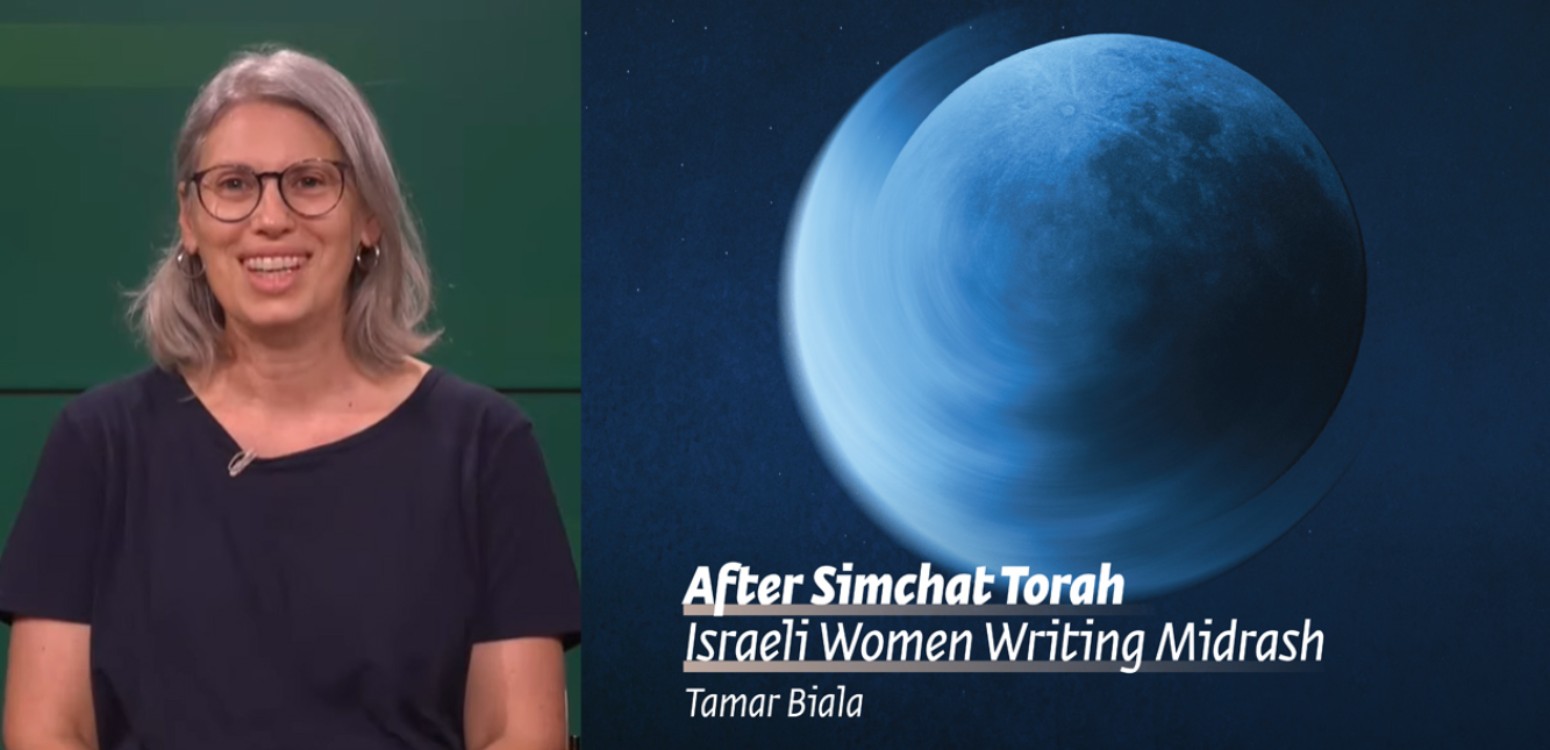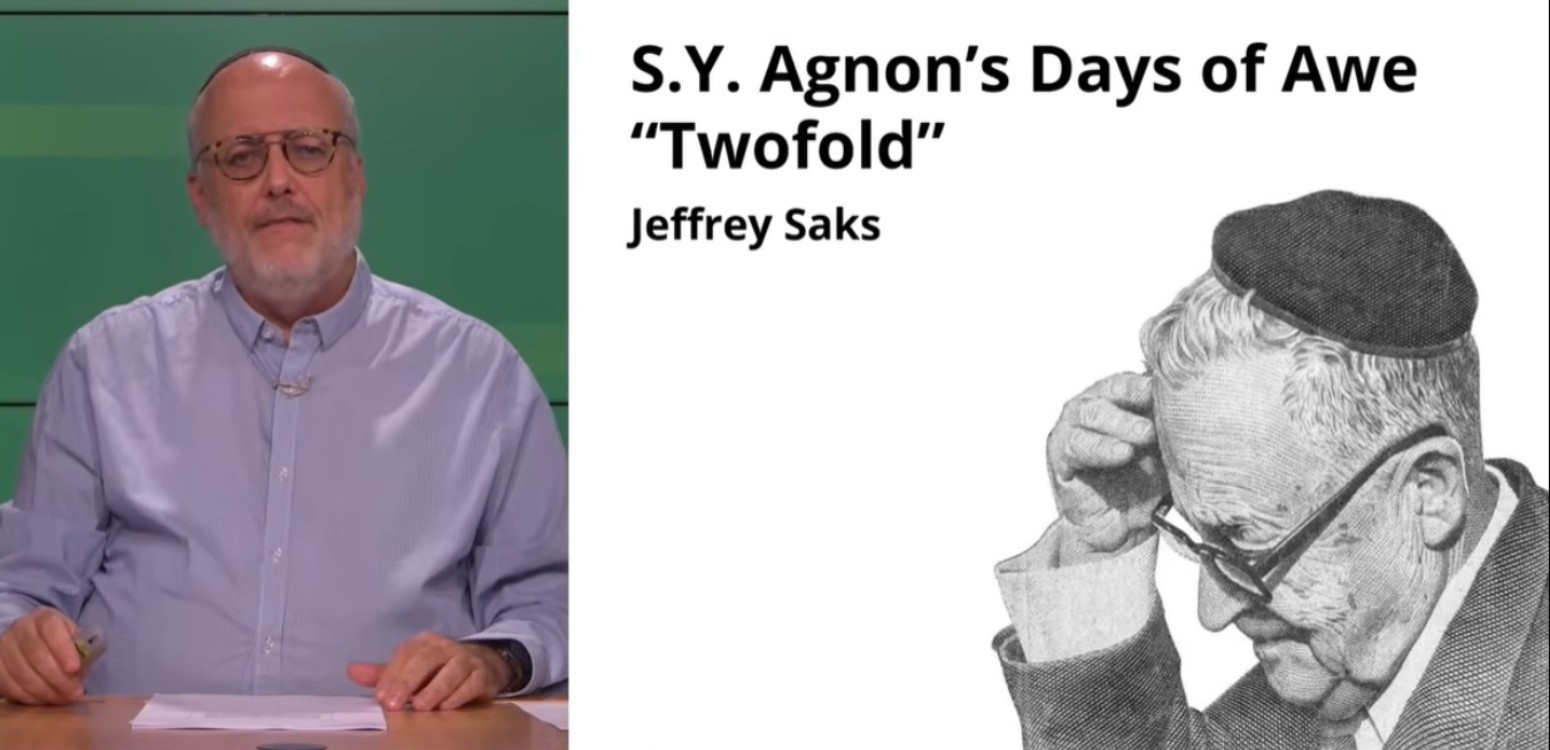
Between Memory and Modernity: Jeffrey Saks discusses how S.Y. Agnon bridged the gap between the High Holidays and modern literature
In synagogues across the world during Rosh Hashanah and Yom Kippur, congregants often read another book alongside their siddur. It’s not a religious text, but for many it has become as important to the Days of Awe as the liturgy itself. The book is S.Y. Agnon’s Yamim Noraim (“Days of Awe”), an anthology published in 1938 that has shaped how modern Jews experience the High Holidays.
The relationship between Agnon (1887-1970) and Rosh Hashanah and Yom Kippur extends far beyond this beloved collection. Across his 23-volume collected works, the Nobel Prize-winning author repeatedly turned to these sacred days, using them as a canvas to explore the deepest anxieties of modern Jewish existence and the return to the Land of Israel.
Rabbi Jeffrey Saks, Director of Research at Agnon House in Jerusalem, observes that these works reveal something profound about the Jewish experience of modernity. “Agnon was uniquely positioned to capture this tension,” he explains. “He was raised in a completely observant home in Galicia, abandoned observance when he made aliyah, then returned to tradition later in life. But even during his non-observant period, he carried what his friend Gershom Scholem (1897-1982) called ‘the weight of tradition,’ while even after resuming an observant life he maintained a completely open mind.”
Making Universal Anxiety Ours
This tension is powerfully expressed in Agnon’s story Pi Shnayim (“Twofold”), which takes place in Jerusalem on Yom Kippur. The narrative follows a character terrified of missing the one chance for atonement that will never return.
“It’s one of his most Kafkaesque stories,” Saks notes, “about the anxiety of forgetting something important. But Agnon ‘Judaizes’ these universal anxiety dreams and sets them on Yom Kippur. Anyone who tries to make the day meaningful can relate to this sense of urgency and potential failure.”
The story’s protagonist finds himself transported through dreams from contemporary Jerusalem back to his father’s small synagogue in the Galician town of Buczacz (present-day Ukraine). This isn’t merely nostalgic reverie, but a profound meditation on the nature of teshuva itself, and the impossibility of returning to what was lost.
“He seeks a second Yom Kippur, but that’s impossible,” Saks explains. “You either catch the bus or you don’t.” This theme of impossible return runs through Agnon’s work, highlighting nostalgia as a key part of the modern Jewish experience. The very word “nostalgia” – from the Greek nostos (“returning home”) and algos (“pain”) – describes the pain of trying to return home, of the futile attempt to step into the same river twice.
%20(1).jpg)
The backdrop of the High Holidays
Agnon understood this point intimately. His 1930 return to his childhood home of Buczacz, which inspired the novel “A Guest for the Night,” became a defining trauma. The town he returned to had been decimated by World War I and reduced to a shadow of his childhood memories. This disconnect between memory and reality, between what was and what ought to be, became central to his literary vision.
“The trauma of that disconnect – the realization that your memories aren’t perfect – is a central theme throughout his work,” Saks observes. “It’s particularly powerful when set against the backdrop of the High Holidays, where the theme of return is so central.”
Fundamental human experiences rooted in Jewish tradition
Away from his fiction, Agnon’s anthology “Days of Awe” was part of a broader early XX century movement to make classical Jewish sources more accessible. Alongside works like Bialik’s Sefer Agadah, these collections presented traditional texts in modernized Hebrew, organized thematically rather than in the more erratic sequence of classical rabbinic literature.
“There was a sense that the people reborn in their land needed to be connected to their roots,” Saks explains. “But it had to be presented in a way that spoke to contemporary sensibilities, regardless of the level of observance.”
In his introduction, Agnon describes the childhood memory that inspired the work: the majesty and awe of Yom Kippur in Eastern Europe, followed by the jarring shock of returning to ordinary life afterward – in Saks’s words “like getting the bends from coming out of it too quickly.”
This tension resonates far beyond the specifically Jewish context. Indeed, one of the most striking aspects of Agnon’s writings is their universal reach. While deeply rooted in Jewish tradition and dense with Talmudic and midrashic references, these stories speak to fundamental human experiences that transcend cultural boundaries.
World-class modern literature
At Agnon House, Saks often receives inquiries from people interested in Agnon’s work from around the world. A professor at a provincial university in southeastern China, teaching Agnon to first-generation university students, told him that they immediately connected with one of his stories because of its portrayal of the tension between old and new values. The specific Ashkenazi Jewish context became a lens through which to examine universal themes of tradition, change, and intergenerational conflict.
“You can enjoy his work without understanding all the references,” Saks notes. “That’s what makes something a classic. The Nobel judges hadn’t learned Talmud or midrash, and of course read the Hebrew fiction in translation, but they recognized world-class modern literature when they saw it.”
This universality helps explain why Agnon’s High Holiday writings continue to resonate decades after they were written. The anxieties he explores – the fear of missing crucial opportunities, the pain of irreversible change, the struggle to maintain meaning and balance in a rapidly changing world – remain contemporary.
Transforming Jewish concepts into modern psychological landscapes
Agnon’s characters exist in what Saks describes as liminal spaces: the anxiety of Erev Yom Kippur, the moments of preparation that require spiritual readiness. “Whether or not one follows traditional practice, there are moments in Jewish time that demand preparation,” Saks observes. “Agnon captures the psychology of those moments perfectly.”
The resonances of Kafka and Freud in Agnon’s work is evident in how he transforms traditional Jewish concepts into modern psychological landscapes. The collective memory of the Jewish people becomes individual neurosis: the ancient rituals of atonement become personal confrontations with guilt, loss, and the passage of time.
“Here’s an author who sits at the pinnacle of the return to the land,” Saks reflects, “weaving our ancient bookshelf into modern literature and creating something artistic and new, saying something profound about us as a people.”
As another High Holiday season approaches, Agnon’s writings remind us that the themes these days represent – memory and forgetting, return and departure, judgement and forgiveness – are not merely religious concepts but fundamental aspects of human experience. In Agnon’s hands, the Days of Awe becomes not just Jewish holy days but a window into the modern condition itself. In this way, Agnon’s High Holiday writings achieve what the greatest literature always does: they transform the specific into the universal and reveal the sacred dimensions hidden within ordinary time.
Main Photo: Yamim Noraim edited by Shai Agnon, 1938, 1st ed.\By Shalom Books\ Wikipedia
Also at Beit Avi Chai



